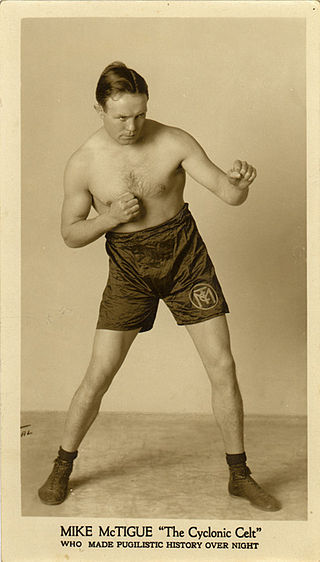1918 was a big year for boxing at the Lyceum Theatre in Red Bank. With World War I raging on in Europe, Jersey Shore residents looked for distraction from reports of the horrors of war. Boxing helped people on the Jersey Shore, and around the country, find that much needed distraction.
A series of five boxing cards were hosted at the Lyceum Theatre that summer. These fights were organized by the Monmouth County Athletic Club, and were the earliest professional bouts recorded in the borough’s history. The opening card of the season was held on June 7th, and featured two principal bouts, three preliminaries, and a wrestling match. The main event pitted Bantamweight contender, Frankie Burns against Joey Leonard. Burns, a popular fighter from Jersey City, entered the bout as the favorite against his Brooklyn native opponent. Renowned sportswriter, Red Smith later described Burns as “strictly a Jersey product. In the years before World War I you couldn’t glance up without seeing him fighting somebody for the bantamweight championship of the world.”
 |
| Frankie Burns |
Burns’ presence in Red Bank that evening meant that boxing fans were in for a treat. Announcer, Joseph Humphreys, of Madison Square Garden fame, made his way down the shore to offer his talents to the evening of boxing. The bantamweights battled through eight action packed rounds, with the newspaper decision going to the veteran, Burns. Burns went on to box professionally until 1921, when he hung up his boxing gloves and retired. Leonard retired in 1923 with a losing record.
 |
| Joseph Humphreys |
 |
| Mike McTigue |
The June 28th card at the Lyceum Theatre featured a semi-final bout between two up and coming fighters, and a main event featuring two fighters with “.500 records.” The Red Bank Register reported that the card was viewed by a large crowd of fans. The semi-final bout was between New York fighters, Bobby Michaels and Joe Garry. Michaels, who went on to fight just under 70 career fights, defeated the less experienced Garry via The Red Bank Register newspaper decision. In the main event, Young Willie Gradwell of Newark faced Joe Mooney of New York in a lightweight contest. Gradwell controlled the bout through eight rounds of action, and was rewarded for his efforts throughout the contest with The Red Bank Register newspaper decision.
The summer boxing schedule ended on July 20th, with arguably the weakest card of the series. The card was highlighted by two Red Bank fighters, Frank Moran and Billy Valleau, winning their professional debuts. The main event featured two fighters also making their professional debuts, Billy Dasso and Joe Forgione, and ended in a second round knockout victory for Fort Hancock’s Dasso. The Red Bank Register reported that the knockout came after, “Dasso’s second told him after the first round that they had only twenty minutes to catch their car going back to Sandy Hook.” The knockout ensured that Dasso and his corner man had adequate time to catch their ride back to the base! It appears that Dasso’s professional boxing career ended that evening; while Forgione went on to fight a few more bouts. The highlight of Forgione’s unimpressive boxing career was a 1921 bout against veteran Illinois’ boxer, Young Tony Caponi, in which Caponi decisively defeated the Newark fighter via a twelve round newspaper decision.
Support The Weigh-In: Your Home for Combat Sports by Shopping World Wrestling Entertainment (WWE) Products!




